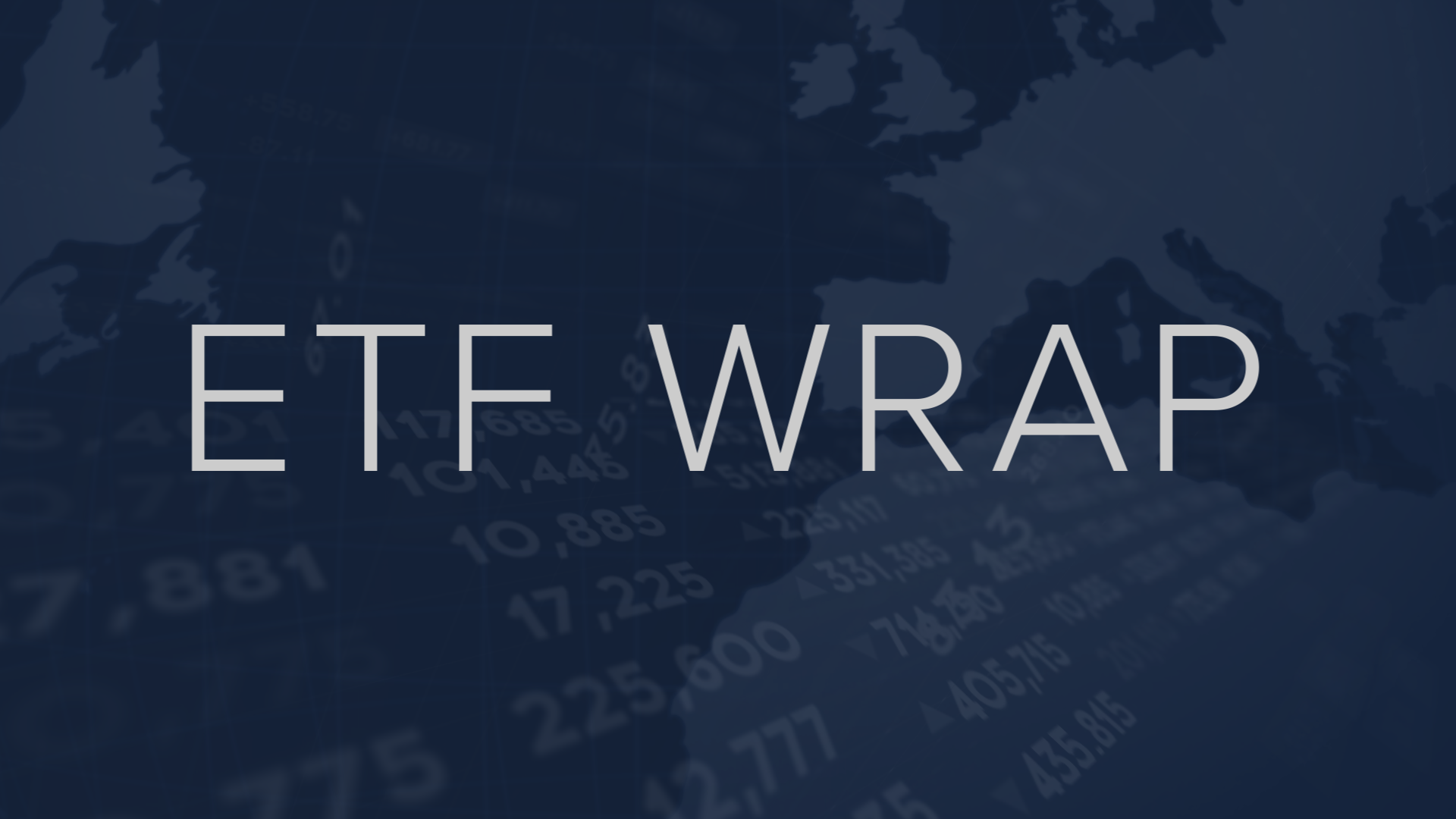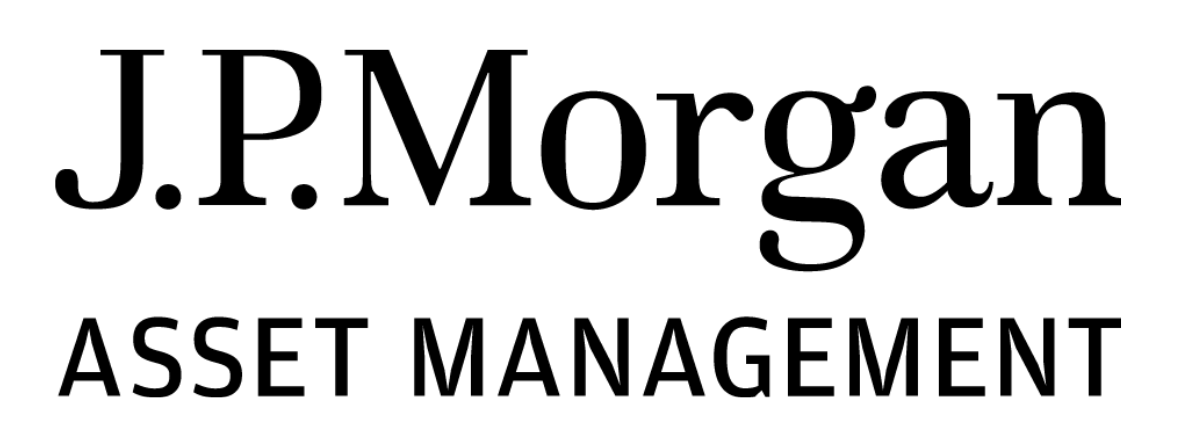Managed futures ETFs - which use Commodity Trading Advisors (CTAs) to trade futures systematically - could be poised for a comeback in Europe.
Interest in CTAs is resurfacing due to their diversification benefits and potential for “downside mitigation in sustained bear markets”, especially as they performed strongly in 2022 when equities and bonds fell at the same time.
Despite past underperformance in the 2010s, attributed to market stability from government interventions, a shifting economic landscape could renew interest.
Managed futures strategies, uncorrelated with traditional assets, offer portfolio risk mitigation.
There are currently no managed futures ETFs in Europe, though a handful of mutual funds so exist, including the iGMP DBi Managed Futures Fund (DMBF). ETF issuers must decide whether to be a first mover in the space.
JP Morgan AM expands active range
JP Morgan Asset Management (JPMAM) has launched the JPM USD High Yield Bond Active UCITS ETF (JPHY), its tenth active fixed income UCITS ETF.
JPHY is benchmarked against the ICE BofA US High Yield Constrained index and captures US dollar-denominated high-yield corporate bonds, using JPMAM portfolio managers to identify misprices securities.
Active fixed income ETFs like JPHY are gaining traction, with inflows exceeding $2.8bn in 2024.
JPMAM recently revealed a US equity premium income ETF and a Nasdaq equity premium income active ETF to European investors, taking its UCITS premium income range to three.
Amundi also entered actives with the launch of a suite of equity and fixed income strategies which comply with new French socially responsible investing (SRI) criteria.
CBI urges issuers to enhance market maker and AP oversight
The Central Bank of Ireland (CBI) has called on asset managers to enhance oversight of ETF market makers and authorised participants (APs).
The Irish regulator said due diligence, ongoing monitoring and board oversight of ETF market makers and APs by asset managers are all areas of concern.
The regulator also warned the concentration of ETF creation and redemption activity among a small number of market makers and APs could pose risks to pricing and liquidity and even for investor access to ETF trading if disruptions were to arise in the market.




